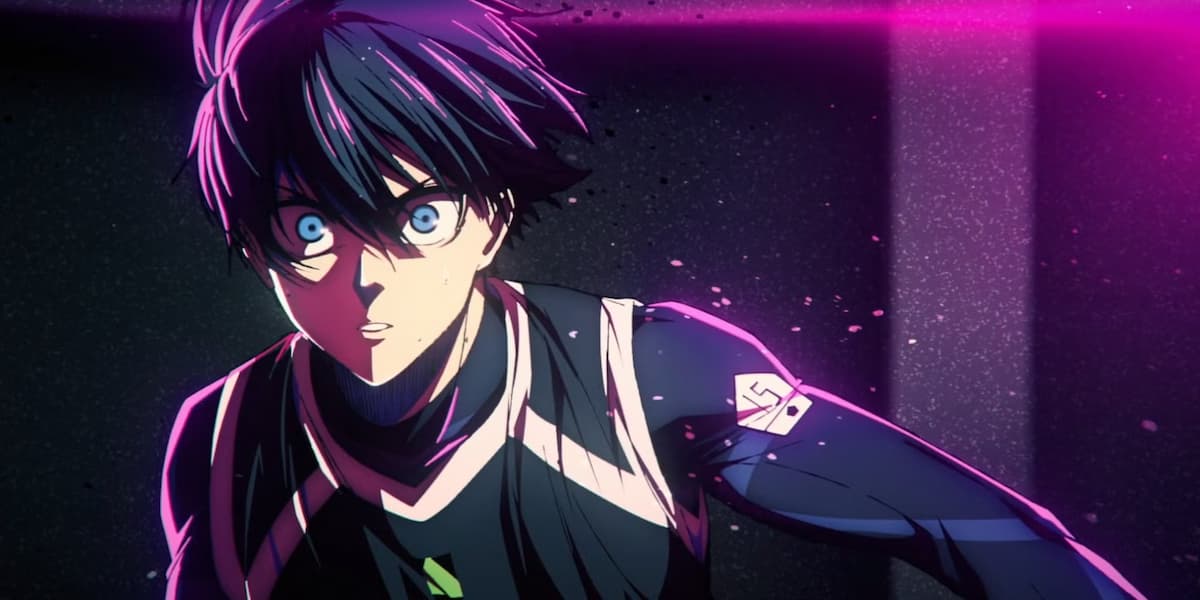As Akira Toriyama’s beloved Dragon Ball franchise forges a new future with the upcoming animated series Dragon Ball Daima, it comes as the divisive 1996 anime series Dragon Ball GT undergoes its own fan reappraisal. Here’s why Dragon Ball GT should not be considered canon to the core Dragon Ball story.
The Lack of Toriyama’s Involvement

First and foremost, Dragon Ball GT is the first anime series in the franchise not to be written or based on manga by Toriyama himself. After completing the Dragon Ball Z and Dragon Ball manga in 1996, Toriyama took a well-deserved break from the franchise he had been working on in some capacity since 1984. But Toriyama gave his blessing for an anime continuation to DBZ, with what became Dragon Ball GT featuring its own original story, and he went as far as to provide some character designs for the sequel series.
That said, the lack of Toriyama’s overarching creative voice in the project is acutely felt, especially with the more contrived storylines in the first dozen or so episodes of Dragon Ball GT. Though the story tries to return to the epic quest narrative that kicked off the original Dragon Ball (albeit now expanded to an interstellar scale), it lacks the charm and effective humor that made Toriyama’s original story work so well. Similarly, some of the character arcs and depictions of fan-favorite DBZ figures don’t quite sync up with how Toriyama used and positioned them, including Trunks and Pan, Goku’s primary companions in the GT series.
How Dragon Ball Super Replaces Dragon Ball GT

Toriyama returned to oversee the franchise he created with the manga/anime series Dragon Ball Super in 2015, with a story set in the midst of the ten-year time jump before DBZ’s epilogue. Though Super‘s placement on the timeline doesn’t clash with Dragon Ball GT chronologically, narrative elements introduced throughout Dragon Ball Super and its canonical sequel movies lead to glaring questions regarding continuity with DBGT. For years before Dragon Ball Super’s premiere, fans were divided on whether DBGT should be considered canonical, and the changes that DBS brought have now solidified DBGT outside of the established continuity.
The most noticeable changes from DBS that clash with DBGT are the combat transformations, with Goku, Vegeta, Gohan, and Piccolo all receiving vastly more powerful transformations whose absence in DBGT doesn’t make narrative sense. There are also major discrepancies in the physical appearances of the Supreme Kai, Emperor Pilaf, Shu, and Mai in DBS compared to DBGT. DBGT shows the Supreme Kai still permanently fused with Kibito while DBS quickly establishes that the Dragon Balls were used to separate them into two separate individuals again. With Pilaf and his gang, they were all old when appearing in DBGT, but in DBS, they accidentally used the Dragon Balls just prior to the series’ events to make themselves all children. These discrepancies point to DBGT being discarded from the recognized canon.
The Lasting Legacy of Dragon Ball GT

Dragon Ball GT is not without its vocal fans, and deservedly so because the series does introduce some interesting concepts to the Dragon Ball mythos and crafts some genuinely great moments. The show remains the darkest, tonally, that Dragon Ball has ever gotten, while the introduction of Super Saiyan 4 and the climactic battle against the Shadow Dragons are as thrilling and memorable now as they were in the ‘90s. Even now, DBGT continues to live on through merchandising, appearances in video games like Dragon Ball FighterZ, and other non-canonical anime like Super Dragon Ball Heroes.
Like many of the Dragon Ball anime movies, Dragon Ball GT is a side story that follows an alternate continuity to the main franchise after starting out as a continuation and conclusive story for it. To try to reintegrate and reconcile DBGT with how the canon has evolved with Dragon Ball Super and beyond would be too convoluted a task, and the franchise shouldn’t be beholden to it. Dragon Ball GT’s status in continuity shouldn’t detract from enjoying the series itself, and, nearly 30 years later, the series stands as a curious piece of Dragon Ball history that has taken on a second life on its own, just outside of canon.
Dragon Ball GT is available to stream on Crunchyroll and Hulu.






Published: Aug 25, 2024 09:00 am